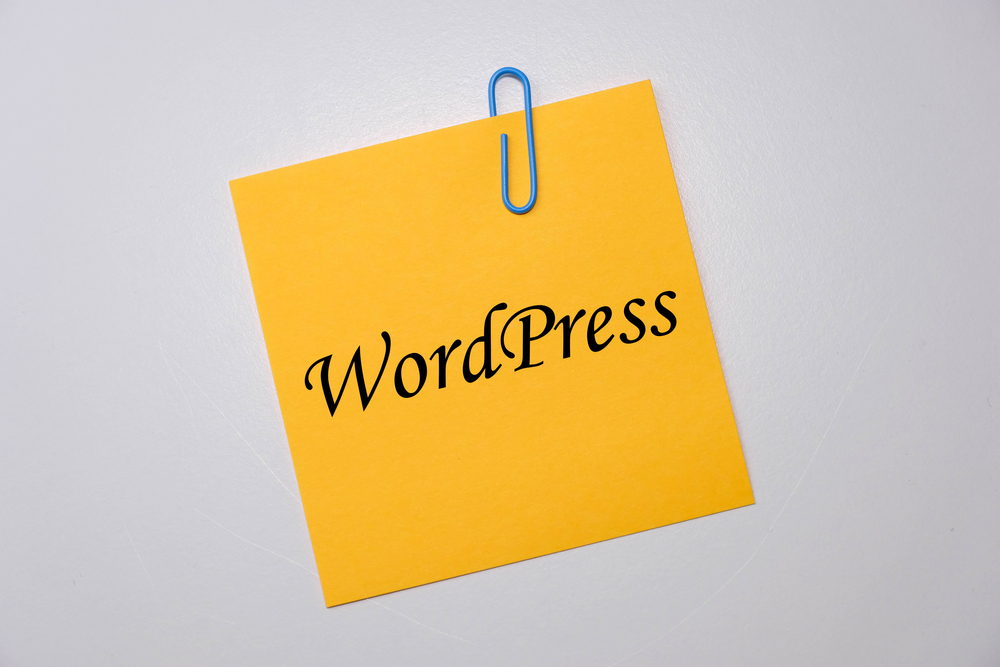
Efficient WordPress Website Customization & Maintenance: Expert Tips & Tricks

WordPress has become one of the most popular content management systems for building and managing websites. Its flexibility, user-friendly interface, and wide range of plugins and themes make it an ideal choice for both beginners and experienced web developers. However, to get the most out of your WordPress website, it's crucial to customize and maintain it efficiently. In this article, we'll share some expert tips and tricks to help you streamline your WordPress (the blogging platform) website customization and maintenance process.
1. Start with a Solid Plan
Before diving into customizing and maintaining your WordPress (the platform for bloggers) website, it's essential to have a clear plan in place. Outline your website goals, target audience, and desired functionality. This will help you choose the right plugins, themes, and customizations to achieve your objectives.
Furthermore, create a sitemap and wireframes to visualize the layout and structure of your website. Planning ahead will save you time and prevent unnecessary revisions down the road.
2. Choose a Lightweight Theme
When selecting a theme for your WordPress (or WP) website, opt for a lightweight and well-coded one. A lightweight theme not only ensures faster loading times but also reduces the risk of compatibility issues with plugins and future updates.
Additionally, consider choosing a responsive theme that renders well across different devices. With the increasing number of mobile users, having a mobile-friendly website is crucial for user experience and search engine optimization.
3. Leverage Caching and Optimized Plugins
WordPress offers a multitude of plugins that can enhance your website's performance and speed. By utilizing caching plugins like WP Super Cache or W3 Total Cache, you can significantly reduce page load times for returning visitors.
Optimized plugins are also crucial for efficient customization and maintenance. Choose plugins that are actively maintained, regularly updated, and have positive user reviews. Moreover, avoid installing too many plugins, as they can increase the risk of conflicts and slow down your website.
4. Customize Your Theme with a Child Theme
When customizing your WordPress (WP) website, it's recommended to use a child theme. A child theme allows you to make modifications to your theme's design and functionality without affecting the parent theme. This way, you can update your parent theme without losing any customizations.
Moreover, using a child theme ensures that your customizations won't be overwritten during theme updates, giving you more control over your website's appearance. It's a best practice for any WordPress developer to work with child themes to maintain long-term flexibility and stability.
5. Regularly Update WordPress, Plugins, and Themes
Maintaining your WordPress website means staying up to date with the latest software versions. Regularly updating WordPress core, plugins, and themes is crucial for security, bug fixes, and performance improvements.
However, before updating, always take a full backup of your website to avoid any potential risks. This way, if anything goes wrong during the update process, you can easily restore your website to its previous state.
6. Optimize and Compress Images
Images play a vital role in engaging website visitors, but they can also slow down your site if not optimized. Large image files are one of the main culprits behind slow-loading websites.
Before uploading images to your WordPress media library, compress them using tools like JPEG Optimizer or TinyPNG. Additionally, use plugins like Smush or Imagify to automatically optimize and compress images on your website.
7. Monitor and Manage Website Security
WordPress is a popular target for hackers, and security vulnerabilities can lead to compromised websites and data breaches. To ensure the security of your WordPress website, follow these best practices:
- Use strong passwords for administrators and user accounts.
- Limit login attempts by using plugins like Wordfence or Limit Login Attempts.
- Regularly scan your website for malware and vulnerabilities using security plugins like Sucuri or iThemes Security.
- Keep your WordPress installation and plugins up to date with the latest security patches.
Frequently Asked Questions
Q1: How can I customize my WordPress website without coding?
A1: WordPress offers a wide range of drag-and-drop page builders, such as Elementor or Divi, that allow you to customize your website's design and layout without any coding knowledge.
Q2: How can I speed up my WordPress website?
A2: To speed up your WordPress website, optimize your images, leverage caching plugins, and choose a lightweight theme. Additionally, consider using a content delivery network (CDN) and enabling browser caching.
Q3: Can I change my WordPress theme without losing my customizations?
A3: If you've made customizations to your theme, it's recommended to use a child theme to prevent losing those modifications. When switching to a new theme, your customizations will remain intact if they're made in the child theme.
Q4: Should I update WordPress plugins immediately after new versions are released?
A4: It's generally recommended to wait a few days after plugin updates are released to ensure they are stable and won't cause conflicts on your website. However, security updates should be applied as soon as possible.
Q5: How do I backup my WordPress website?
A5: There are several plugins available, such as UpdraftPlus or BackupBuddy, that simplify the process of backing up your WordPress website. These plugins allow you to schedule automatic backups and store the backups in various locations, including cloud storage.
By following these tips and tricks, you can efficiently customize and maintain your WordPress website, ensuring optimal performance, security, and user experience. Remember to stay up to date with the latest WordPress trends and best practices to keep your website ahead of the curve.
Other useful resources
- https://en.wikipedia.org/wiki/WordPress
- https://en.wikipedia.org/wiki/Blog
- https://www.wordpress24plus.com/topics/wordpress-tips-and-tricks/
- https://www.wordpress24plus.com/wordpress-tools-directory/wordpress-themes/